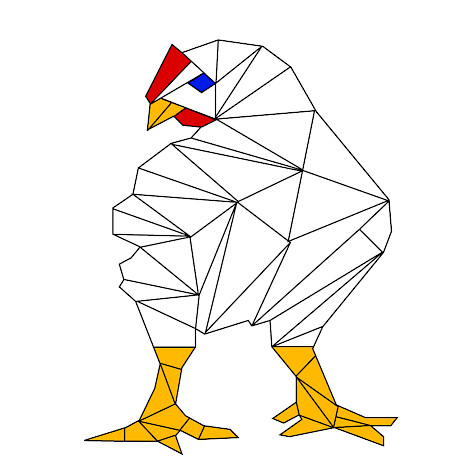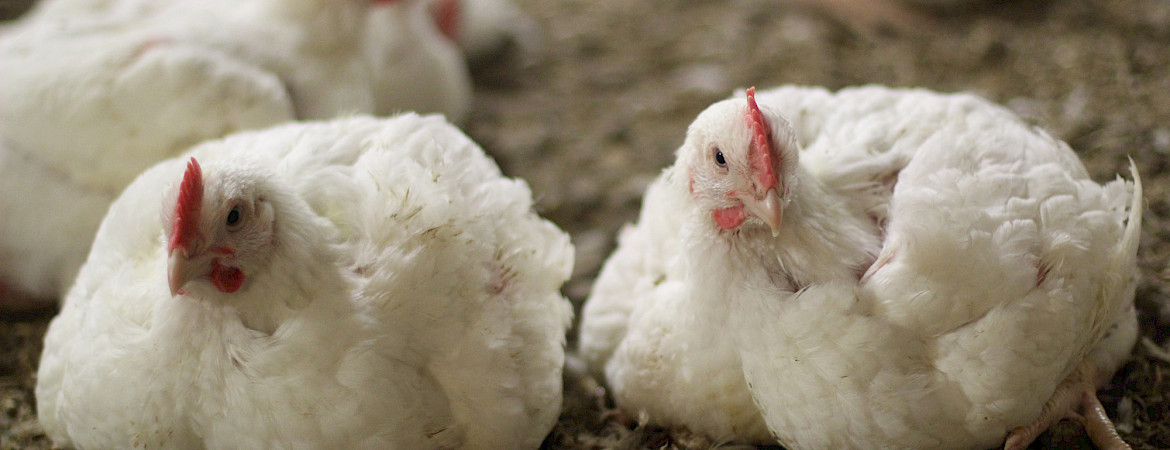
In Finland, broiler farming is contract based production, and broilers are raised in about 175 farms. The average size of farms is about 70,000 broilers.

In addition, there are approximately 30 broiler breeding farms in Finland, from whose eggs the birds grown for food are hatched. In contract production, the production chain is carefully planned from the hatched egg to the store counter.
Finns like broiler meat. Broiler meat is a light, tasty and quickly prepared versatile food that works both in everyday life and at parties. About 80 million animals are slaughtered in Finland annually, with an average slaughter weight of 1.76 kilos. Broiler consumption and production have grown steadily in recent years, in 2023 broiler meat consumption passed pig meat. Finns already eat more than 26 kg of broiler meat per year. Domestic broiler meat can be recognized by the Hyvää Suomesta-mark.
In Finland, chicken consumption rise has been continuous and production is currently unable to fully meet consumption. The domestic consumption rate was 79.6% in 2024 (Kantar agri oy). Exports increased by 11.4% and imports by 35.2%. The largest importing countries were Poland, Thailand and Brazil. Chain restaurants use the most imported meat.
Broiler breeders are legally required to provide proof of their qualifications. In the past, the qualification could be demonstrated with sufficient work experience, but after 2012, the qualification has required specialized training in meat poultry. In Finland, broiler farming follows the national production method, which covers laws and regulations and, in addition to them, guidelines and practices deemed necessary. Our national production method is stricter than EU and Finnish legislation requires.
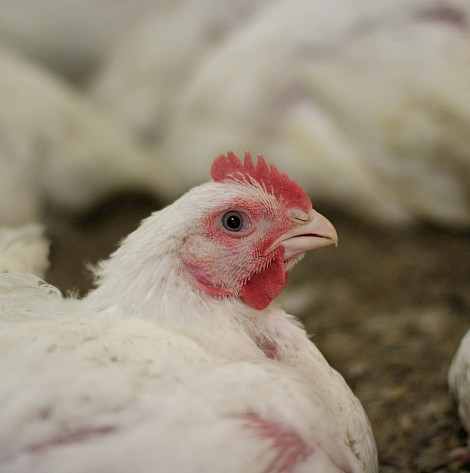
The length of the broiler production chain is about 35 weeks. Since there is no breeding activity in Finland, the parent stock of broilers are brought to Finland as chicks from Sweden and are raised at specialized parentstock farms. Broilers of the production generation are raised from the eggs of the parent hens. It takes at least 8 months from the importation of the parent stock before meat products from this flock are available to consumers.
Both hens and roosters are raised in Finland for broilermeat. The growing period is about five weeks. In Finland, flocks are not thinned, all birds come to the farm together and leave together. Broilers are raised indoors, in large and spacious breeders. The broilers live freely on the floor of the breeding house, on peat or sawdust bedding, where they have the opportunity to move freely and explore their surroundings. They can eat and drink as much as they want. They sleep at least six hours a day. The broilerhouse conditions are closely monitored. Air quality and temperature are constantly kept optimal. During the growing season, the producer is on alert 24/7 and ready to react to possible disturbances. Extreme weather is challenging. Even though it is 25 degrees below zero outside, the chicks must have a temperature above 33 degrees in the nursery. Farms have backup plans and systems for unusual situations. For example, electricity supply is ensured by aggregates.
The main feed for broilers is domestic grain. In addition to grain, domestic rapeseed, peas and broad beans are used as a protein source. In addition to these, the protein requirement is supplemented with responsibly produced soy. Soy is usually imported from the United States, Canada or Ukraine. According to our national production method, each batch of feed raw material is tested for salmonella.
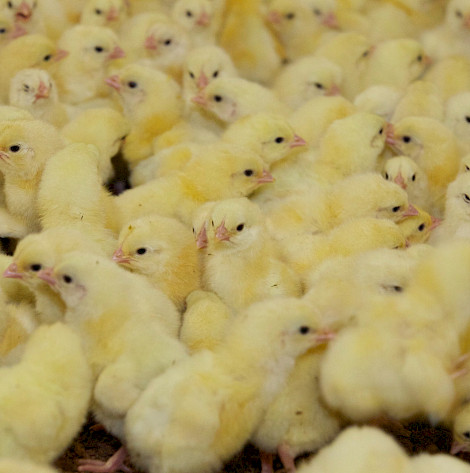
Finnish broiler production is based on supporting broiler health and well-being, because only healthy and well-being birds produce high-quality meat. As a result of the work done by the entire production chain for the well-being of broilers, there has been no need to medicate Finnish production generation broilers for years. Due to systematic disease prevention, many infectious diseases that are common in Europe do not occur in the Finnish broiler production chain. Broilers in Finland do not have contagious poultry diseases such as bird flu, Newcastle disease or serious respiratory diseases such as ART or ILT. The breeding stock vaccination programs are narrow (AE, Marek, IB, blue wing disease, E. coli).
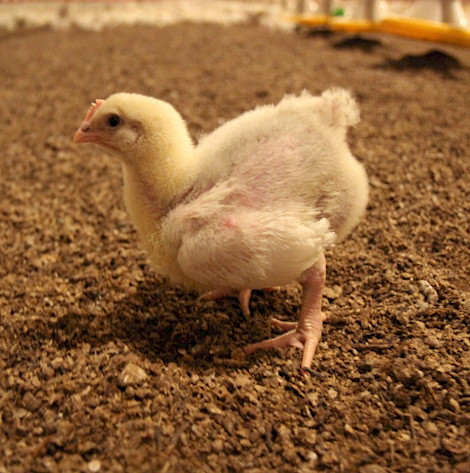
Responsible Finnish production methods are followed in the broiler chain. The industry has agreed on indicators to monitor the health and well-being of broilers. The production conditions and treatment support the health and well-being of broilers. Among other things, the All in – all out method and good disease protection ensure that there is no need for the use of antibiotics.
Healthy, antibiotic- and salmonella-free chicken meat is a safe choice. The quality of production is reflected in the well-being of the consumer, the producer and the entire chain. Finnish chicken meat does not contain salmonella or campylobacter, and it does not increase antibiotic resistance.
Resources such as water, energy and fields are used sustainably using the best possible technology. The carbon and water footprint is considered reasonable considering the welfare of the animals. The use of domestic bioenergy, domestic grain for feeding and utilization of manure are circular economy at its best.
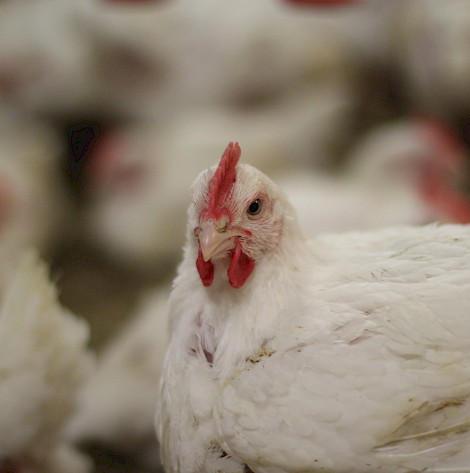
BroilerNet is a project funded by the Horizon Europe research and innovation programme, running from 1-08-2022 until 31-7-2026. BroilerNet aims to enhance the resilience and sustainability of the European broiler sector by creating space for interaction between science and practice and co-creation of ready-to-use innovative best practices on broiler farms in Europe.
Finnish Poultry Association together with Helsinki University takes part in this project.
Finland won a champion title in the first round with Water circulation central heating with renewable energy, you can read it here
